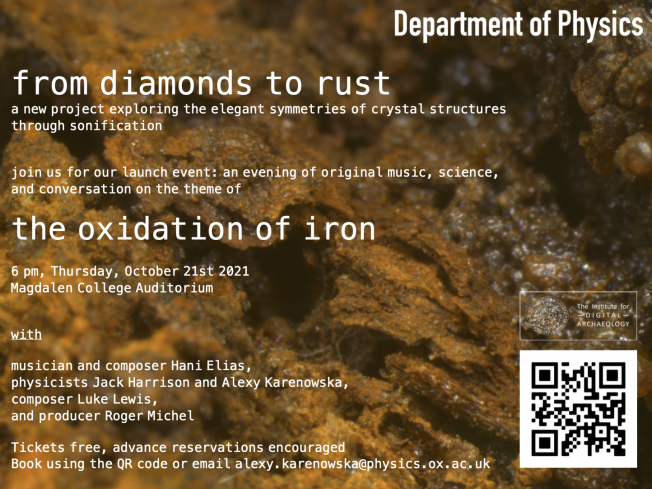String diagrams for wave-based computation
Broadband phonon to magnon conversion in yttrium iron garnet
Abstract:
We propose and experimentally demonstrate a means of broadband phonon-magnon interconversion that relies on combining magnetoelastic coupling with translational symmetry breaking in the important experimental material yttrium iron garnet (YIG). As well as being of interest for its basic physics, this quasiparticle coupling mechanism adds to the range of effects that potentially find useful application in hybrid solid-state quantum computing devices as well as low-power wave-based classical computing architectures.Microwave magnon damping in YIG films at millikelvin temperatures
Time-resolved measurements of surface spin-wave pulses at millikelvin temperatures
Abstract:
We experimentally investigate the propagation of pulsed magnetostatic surface spin-wave (magnon) signals in an yttrium iron garnet (YIG) waveguide at millikelvin temperatures. Our measurements are performed in a dilution refrigerator at microwave frequencies. The excellent signal-to-noise ratio afforded by the low-temperature environment allows the propagation of the pulses to be observed in detail. The evolution of the envelope shape as the spin wave travels is consistent with calculations based on the known dispersion relation for YIG. We observe a temperature-dependent shift of the ferromagnetic resonance frequency below 4 K, which we suggest is due to the low-temperature properties of the substrate below the film, gallium gadolinium garnet. Our measurement and the accompanying calculations give insight into both low-temperature magnon dynamics in YIG and the feasibility of the use of propagating magnons in solid-state-quantum information processing.Inductive detection of fieldlike and dampinglike ac inverse spin-orbit torques in ferromagnet/normal-metal bilayers
Abstract:
Functional spintronic devices rely on spin-charge interconversion effects, such as the reciprocal processes of electric field-driven spin torque and magnetization dynamics-driven spin and charge flow. Both dampinglike and fieldlike spin-orbit torques have been observed in the forward process of current-driven spin torque and dampinglike inverse spin-orbit torque has been well studied via spin pumping into heavy metal layers. Here, we demonstrate that established microwave transmission spectroscopy of ferromagnet/normal metal bilayers under ferromagnetic resonance can be used to inductively detect the ac charge currents driven by the inverse spin-charge conversion processes. This technique relies on vector network analyzer ferromagnetic resonance (VNA-FMR) measurements. We show that in addition to the commonly extracted spectroscopic information, VNA-FMR measurements can be used to quantify the magnitude and phase of all ac charge currents in the sample, including those due to spin pumping and spin-charge conversion. Our findings reveal that Ni80Fe20/Pt bilayers exhibit both dampinglike and fieldlike inverse spin-orbit torques. While the magnitudes of both the dampinglike and fieldlike inverse spin-orbit torque are of comparable scale to prior reported values for similar material systems, we observed a significant dependence of the dampinglike magnitude on the order of deposition. This suggests interface quality plays an important role in the overall strength of the dampinglike spin-to-charge conversion.

